Disclosure: BorrowLenses provided the lenses in this article free of charge.
As a food photographer there are times when I need to get in close to my subject. Usually this isn’t a problem especially when I’m photographing something that is “normal” in size, like a bowl of pasta or a plate of food. However there are, on occasion, times when I’m photographing something small and my usual lens (the Canon 70-200mm f/4L IS) just can’t focus in tight enough. It’s times like these when I need a macro lens.
The thing is, I don’t own a macro lens, and I can’t remember the last time I had ever used one. In my opinion it’s a misconception that you need a macro to shoot food, since there’s usually no need to get in so close to a plate of food to photograph teeny-tiny details (usually at the expense of not being able to tell what is being photographed). But when you have a very small subject, and you want to get in tight on that subject, then a macro lens is the only way to go.
I had a few setups I wanted to shoot in which I needed a macro lens, and BorrowLenses was kind enough to send me a few lenses to try out. There were two I had my eye on: the Zeiss 100mm macro, and the Canon 180mm macro. I wanted to try the Zeiss because, well, it’s a Zeiss … and that it was 100mm. I chose the Canon 180mm because with my 70-200m I’m usually always set at 200mm, so I figured that would be a familiar focal length. I assumed that would be the one I liked best.
When I got the lenses, I set up my shot with the ring (in the photo above), and the first one I tried was the 180mm. I hadn’t heard too many good things about the lens from a few different people, mostly along the lines of “it has too much macro”, but I wanted to see for myself. And … they were right. When I set up the ring in the shot above with the 180mm it was sooooo compressed and way zoomed in to the ring that I couldn’t get very much else in the frame. I wanted to have some of the glass and bubbles in the shot, but there wasn’t much else I could fit without backing up, and I didn’t want to be too far from my set. My initial thought of it being the one I would like best (and more likely to buy over the 100mm) was wrong.
So I switched to the Zeiss 100mm, completed my shoot and was pretty happy with the results. The Zeiss is pretty expensive, so I might not end up with that one down the road and may have to give the Canon 100mm macro a try before I dive into any big purchases. The key is that I now know what works for my photography to get the results I want.
The whole point I’m trying to get across is that if you want to buy new gear, that’s great! Just make sure you need it, first. Consider BorrowLenses, for lens rentals, or just try out gear from a willing friend. When I first started into Photography I bought so much more gear than I ever needed … partly because I didn’t know what I wanted, and also because I didn’t realize what I got wouldn’t be what I wanted. I get emails all the time asking “which lens/camera/etc. should I buy”, and my answer is always to rent first. You can only tell so much from other people’s photos, or even just trying the lens in the store. You need to be in real-world situations with gear to know if it is what will work for your photography.
- Canon 5D Mark II, Zeiss Makro-Planar 100mm lens, 1/125 sec at f/5.6, ISO 100
- Canon 5D Mark II, Zeiss Makro-Planar 100mm lens, 1/4 sec at f/5.6, ISO 100
Disclosure: BorrowLenses provided the lenses in this article free of charge.
As a food photographer there are times when I need to get in close to my subject. Usually this isn’t a problem especially when I’m photographing something that is “normal” in size, like a bowl of pasta or a plate of food. However there are, on occasion, times when I’m photographing something small and my usual lens (the Canon 70-200mm f/4L IS) just can’t focus in tight enough. It’s times like these when I need a macro lens.
The thing is, I don’t own a macro lens, and I can’t remember the last time I had ever used one. In my opinion it’s a misconception that you need a macro to shoot food, since there’s usually no need to get in so close to a plate of food to photograph teeny-tiny details (usually at the expense of not being able to tell what is being photographed). But when you have a very small subject, and you want to get in tight on that subject, then a macro lens is the only way to go.
I had a few setups I wanted to shoot in which I needed a macro lens, and BorrowLenses was kind enough to send me a few lenses to try out. There were two I had my eye on: the Zeiss 100mm macro, and the Canon 180mm macro. I wanted to try the Zeiss because, well, it’s a Zeiss … and that it was 100mm. I chose the Canon 180mm because with my 70-200m I’m usually always set at 200mm, so I figured that would be a familiar focal length. I assumed that would be the one I liked best.
When I got the lenses, I set up my shot with the ring (in the photo above), and the first one I tried was the 180mm. I hadn’t heard too many good things about the lens from a few different people, mostly along the lines of “it has too much macro”, but I wanted to see for myself. And … they were right. When I set up the ring in the shot above with the 180mm it was sooooo compressed and way zoomed in to the ring that I couldn’t get very much else in the frame. I wanted to have some of the glass and bubbles in the shot, but there wasn’t much else I could fit without backing up, and I didn’t want to be too far from my set. My initial thought of it being the one I would like best (and more likely to buy over the 100mm) was wrong.
So I switched to the Zeiss 100mm, completed my shoot and was pretty happy with the results. The Zeiss is pretty expensive, so I might not end up with that one down the road and may have to give the Canon 100mm macro a try before I dive into any big purchases. The key is that I now know what works for my photography to get the results I want.
The whole point I’m trying to get across is that if you want to buy new gear, that’s great! Just make sure you need it, first. Consider BorrowLenses, for lens rentals, or just try out gear from a willing friend. When I first started into Photography I bought so much more gear than I ever needed … partly because I didn’t know what I wanted, and also because I didn’t realize what I got wouldn’t be what I wanted. I get emails all the time asking “which lens/camera/etc. should I buy”, and my answer is always to rent first. You can only tell so much from other people’s photos, or even just trying the lens in the store. You need to be in real-world situations with gear to know if it is what will work for your photography.
- Canon 5D Mark II, Zeiss Makro-Planar 100mm lens, 1/125 sec at f/5.6, ISO 100
- Canon 5D Mark II, Zeiss Makro-Planar 100mm lens, 1/4 sec at f/5.6, ISO 100

Nicole is a photographer, published author, and educator specializing in Lightroom, Photoshop, and photography. She is best known for her books on food photography but is widely versed in various photographic genres, including landscape, nature, stock, travel, and experimental imagery.

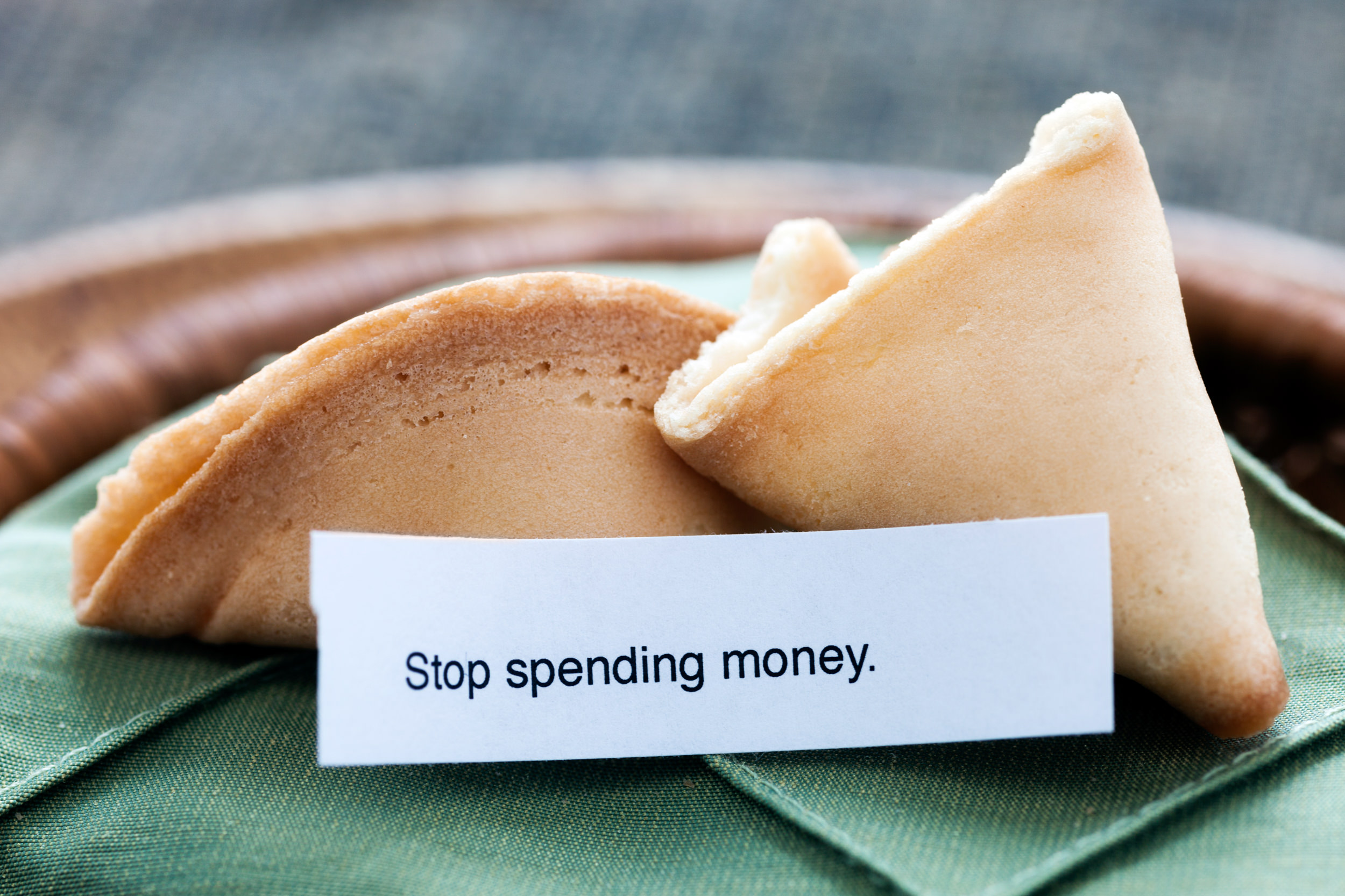
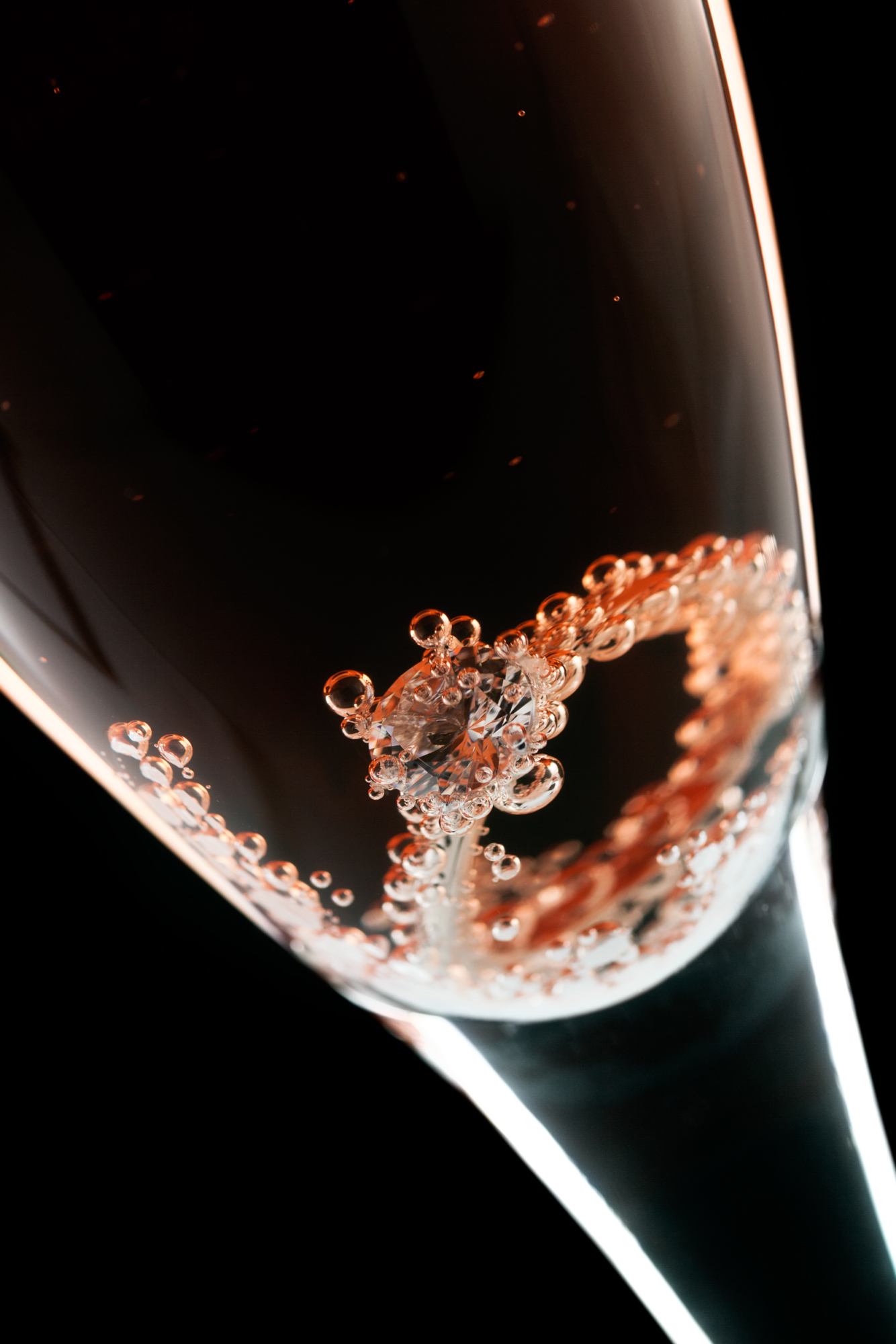
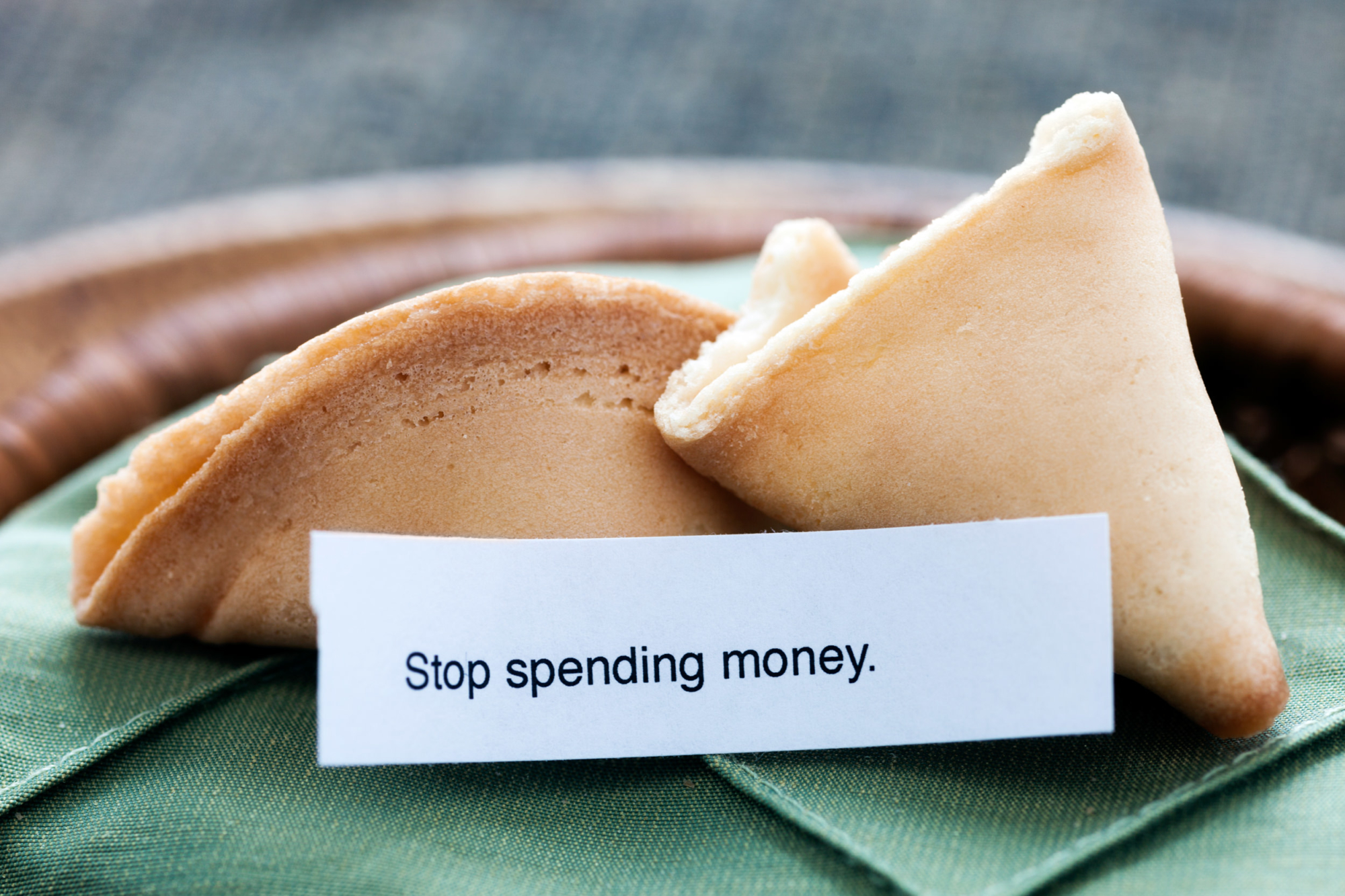
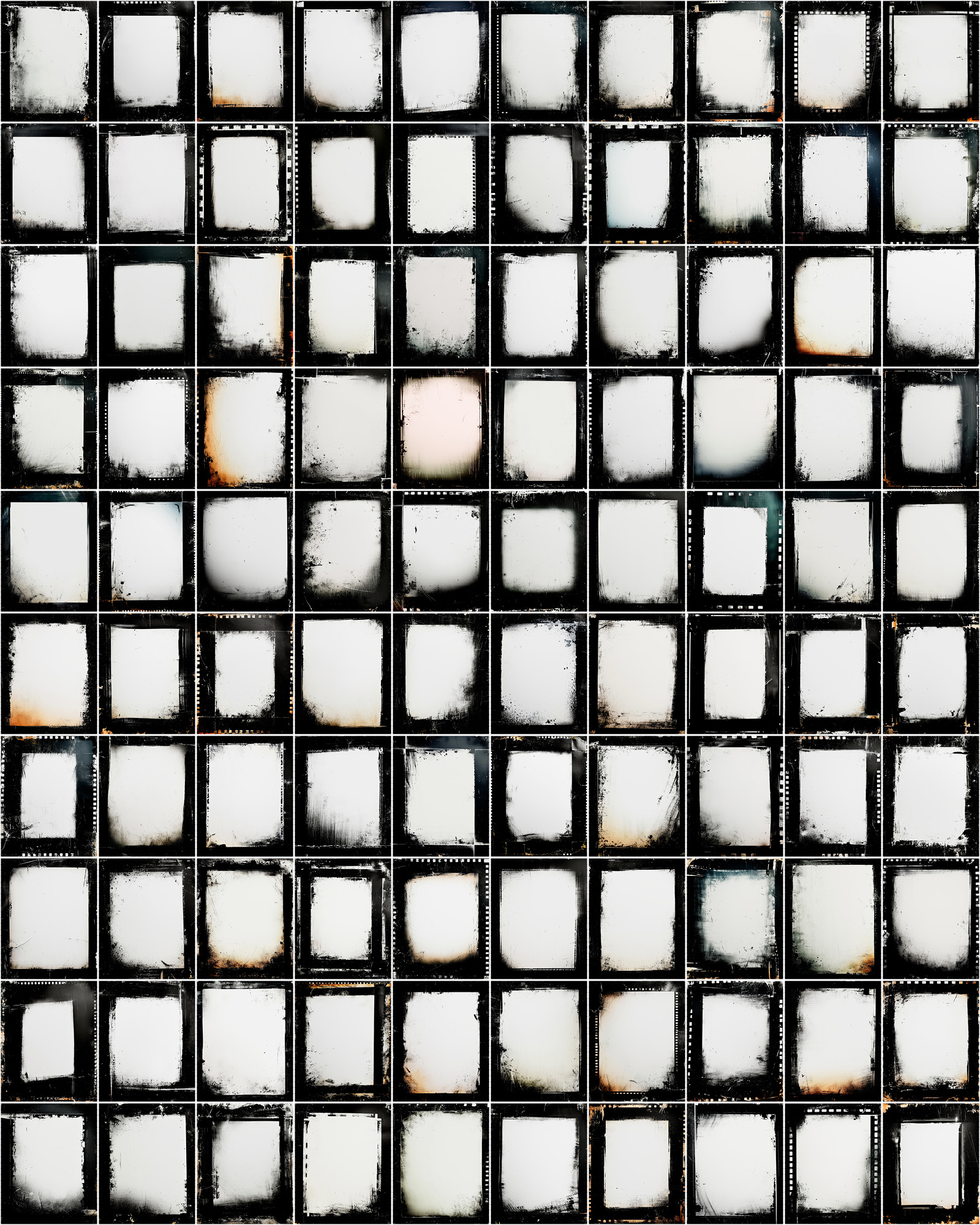

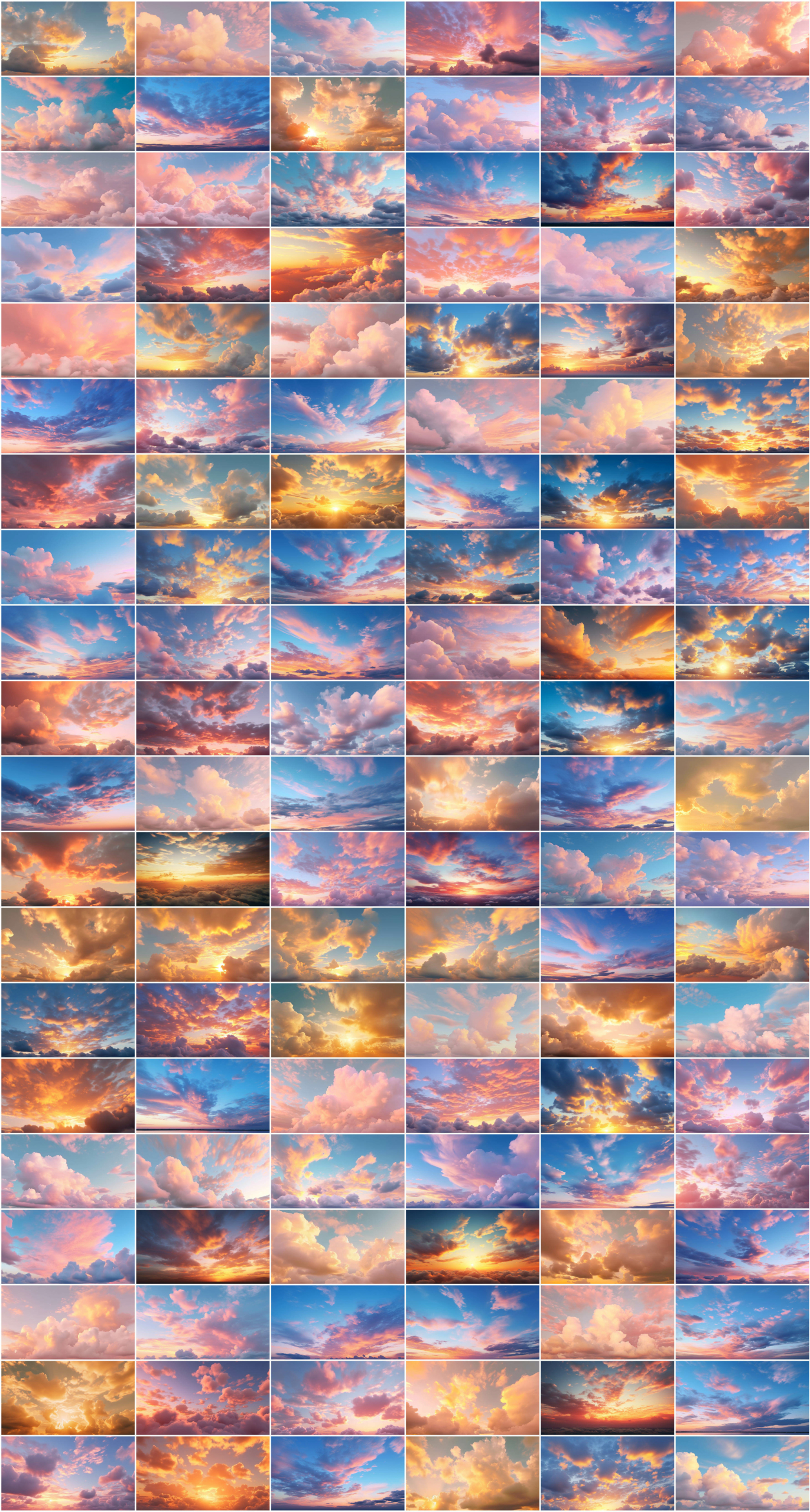
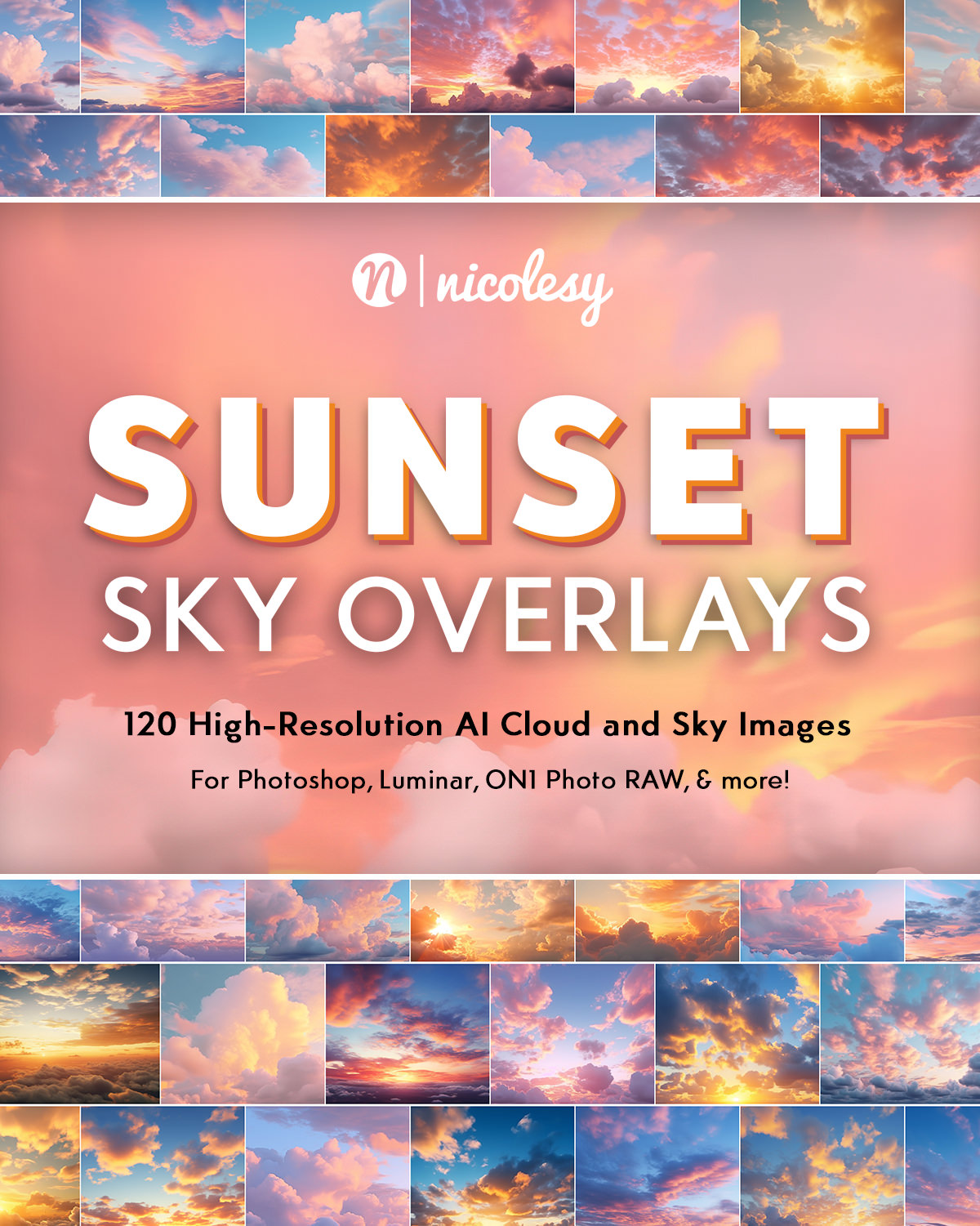
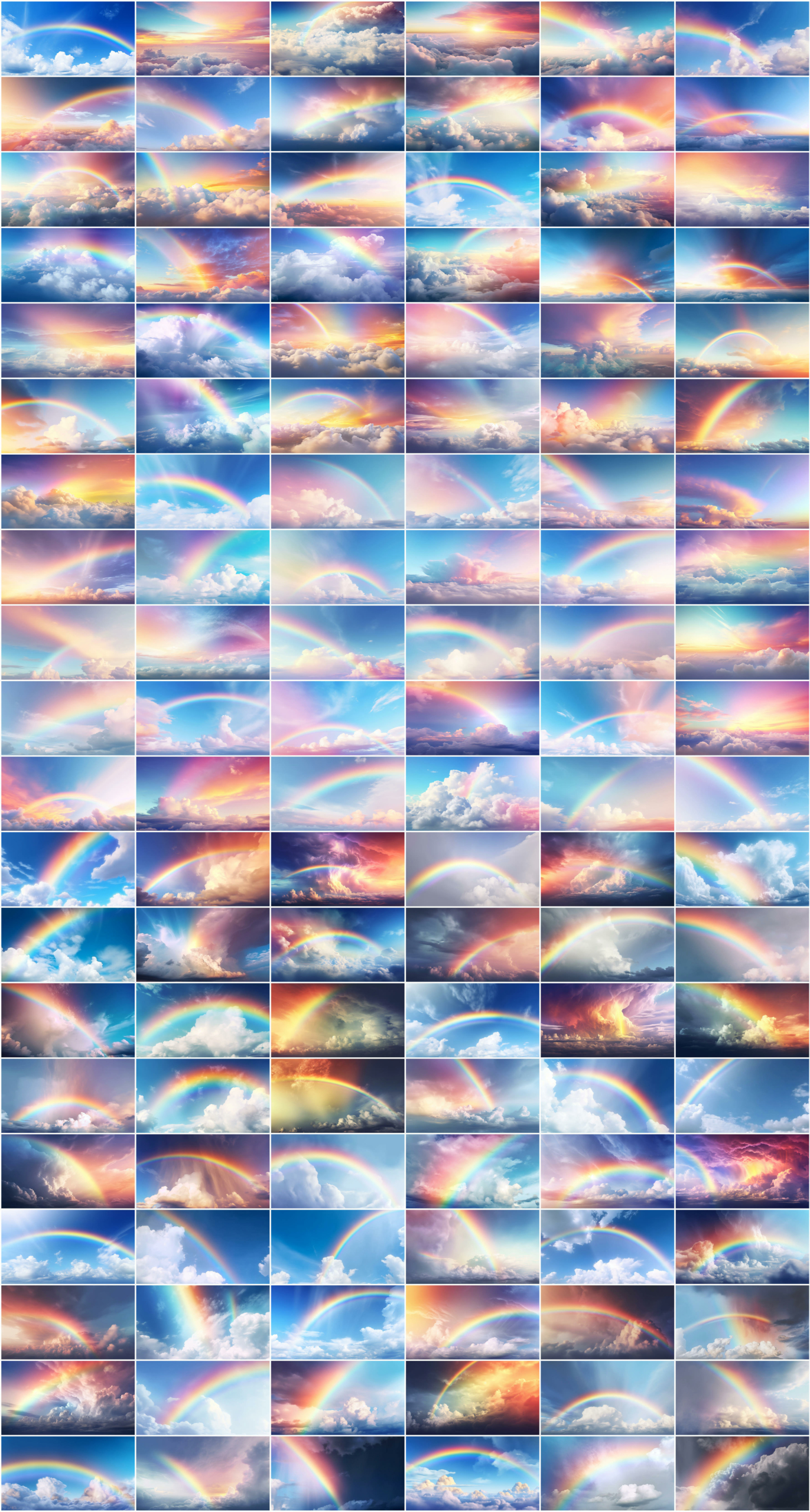
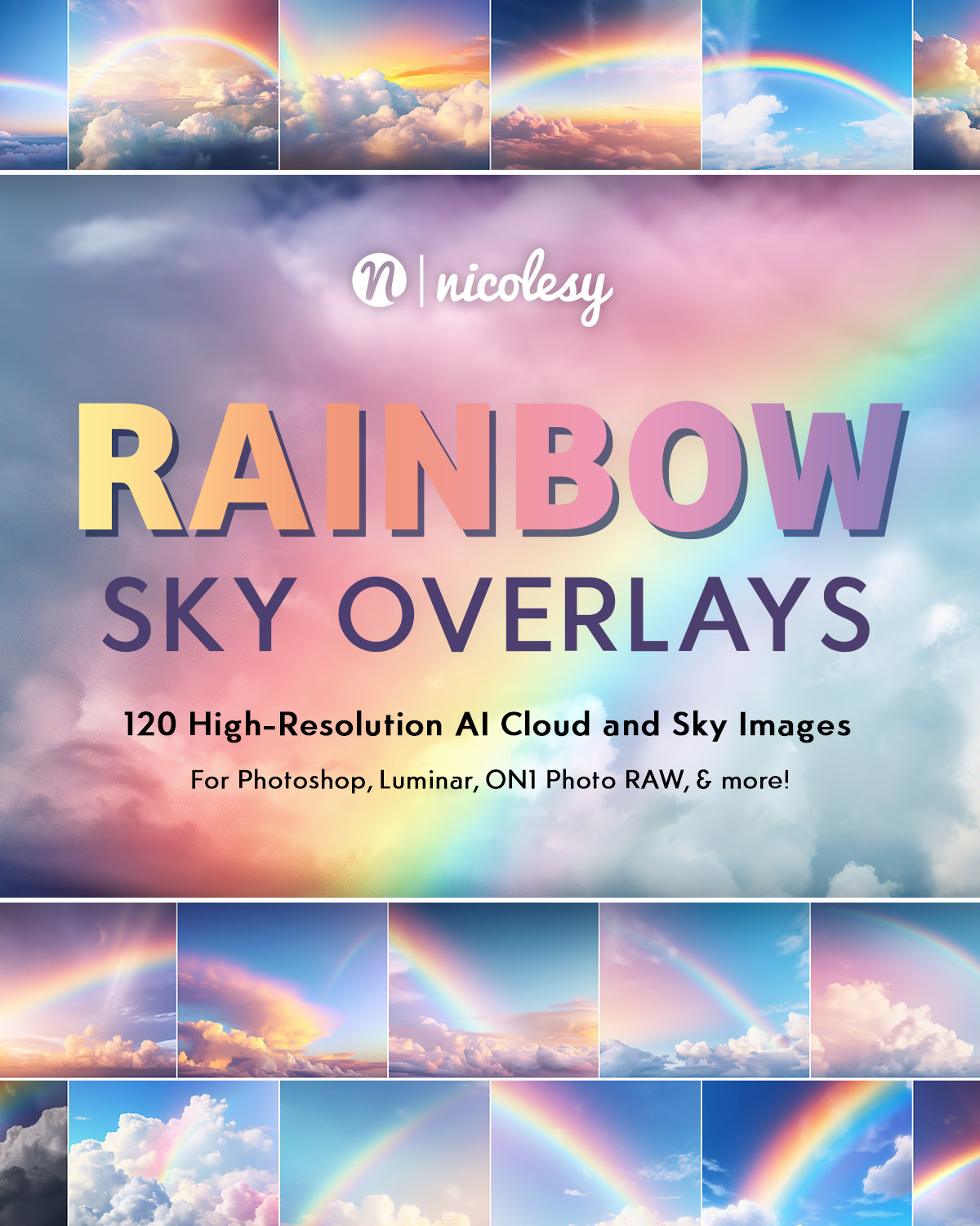
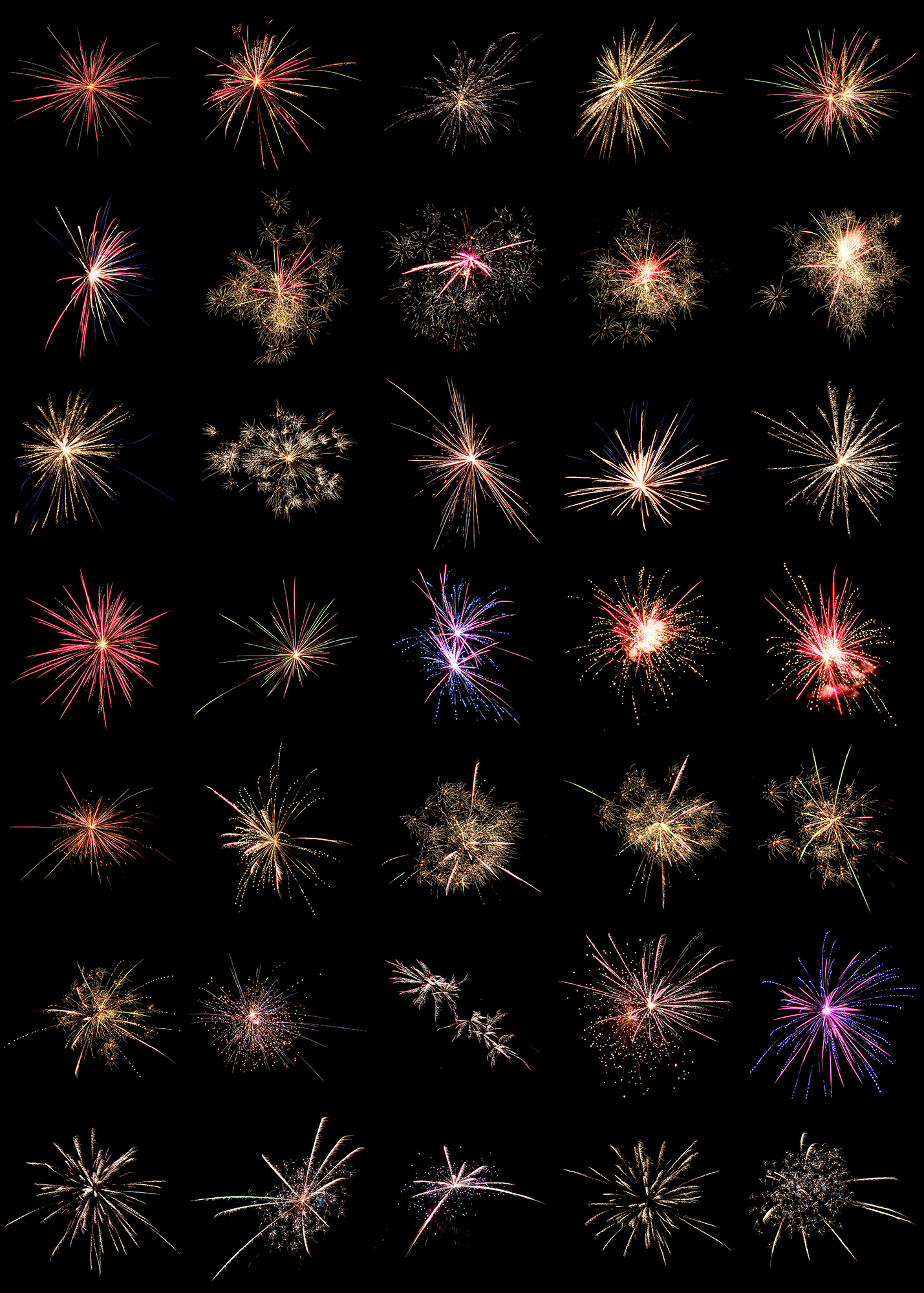
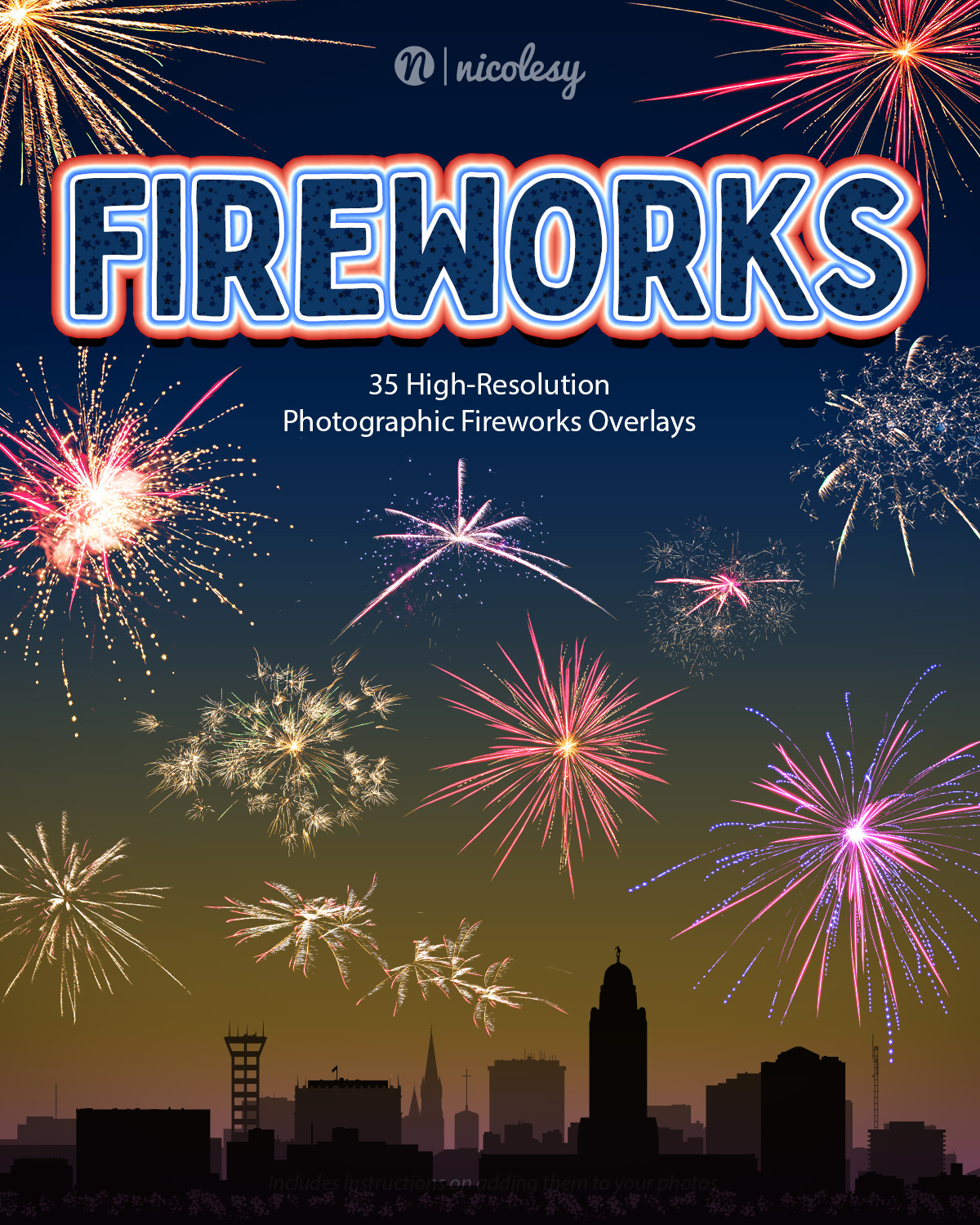
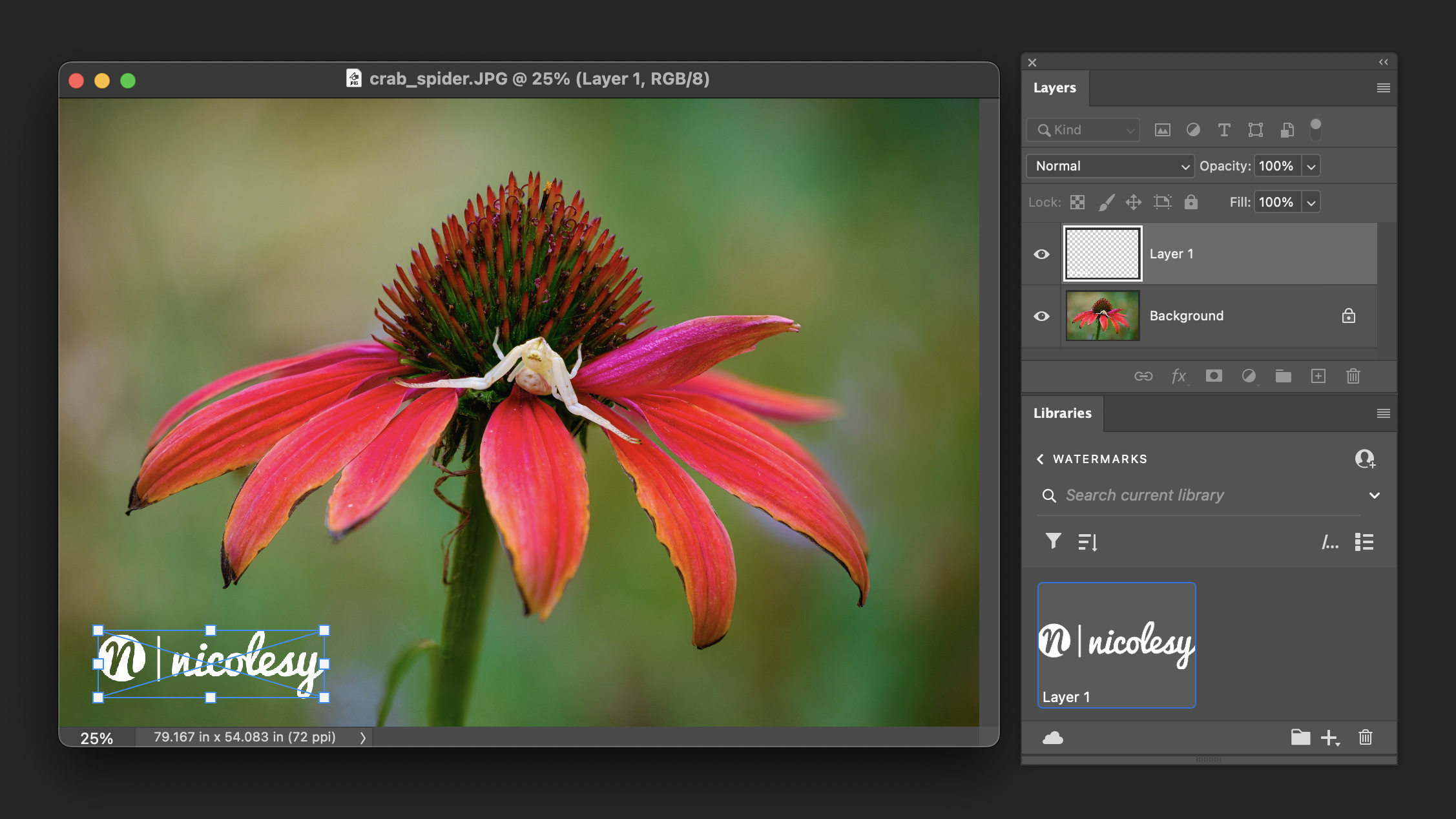
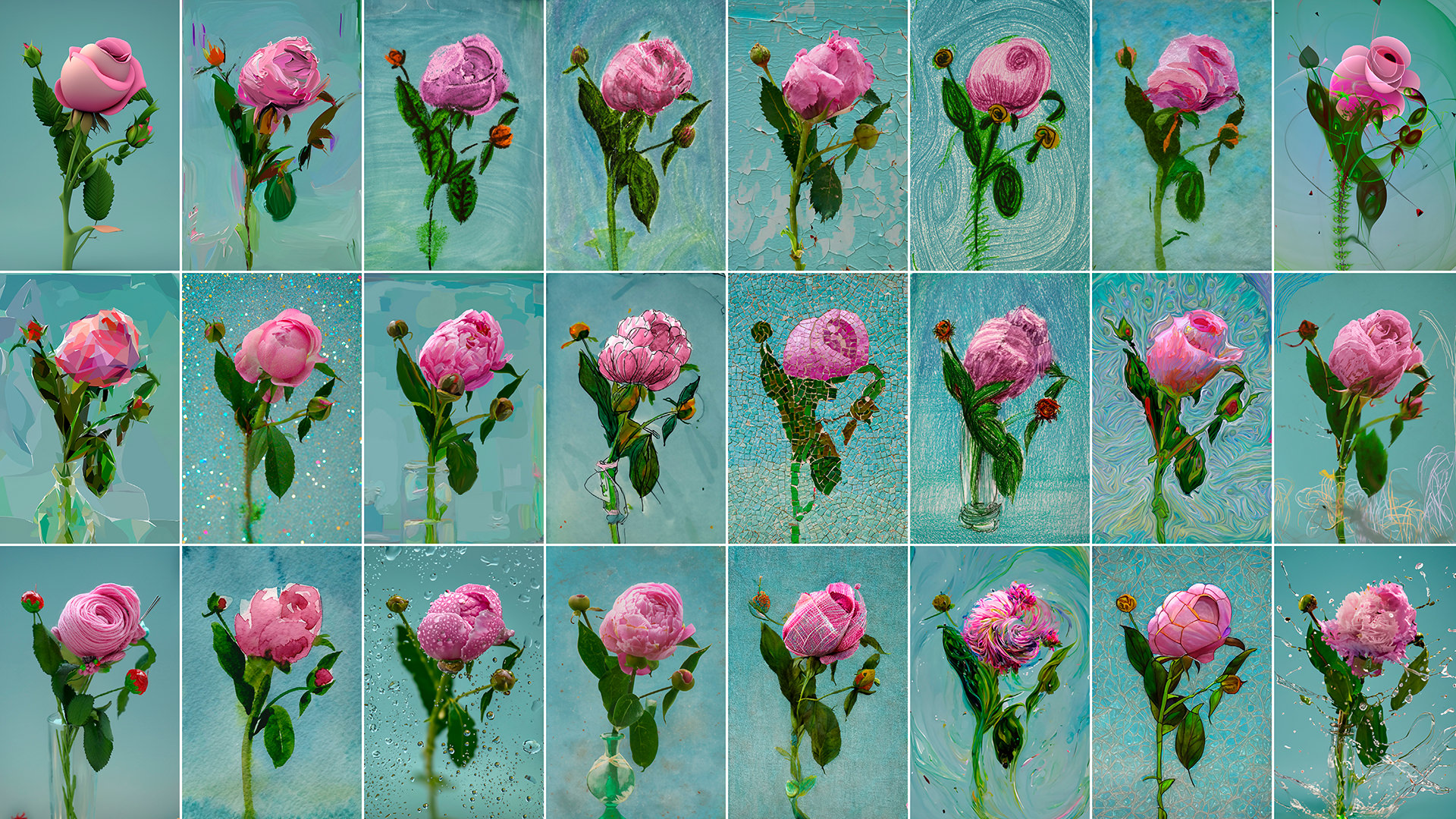
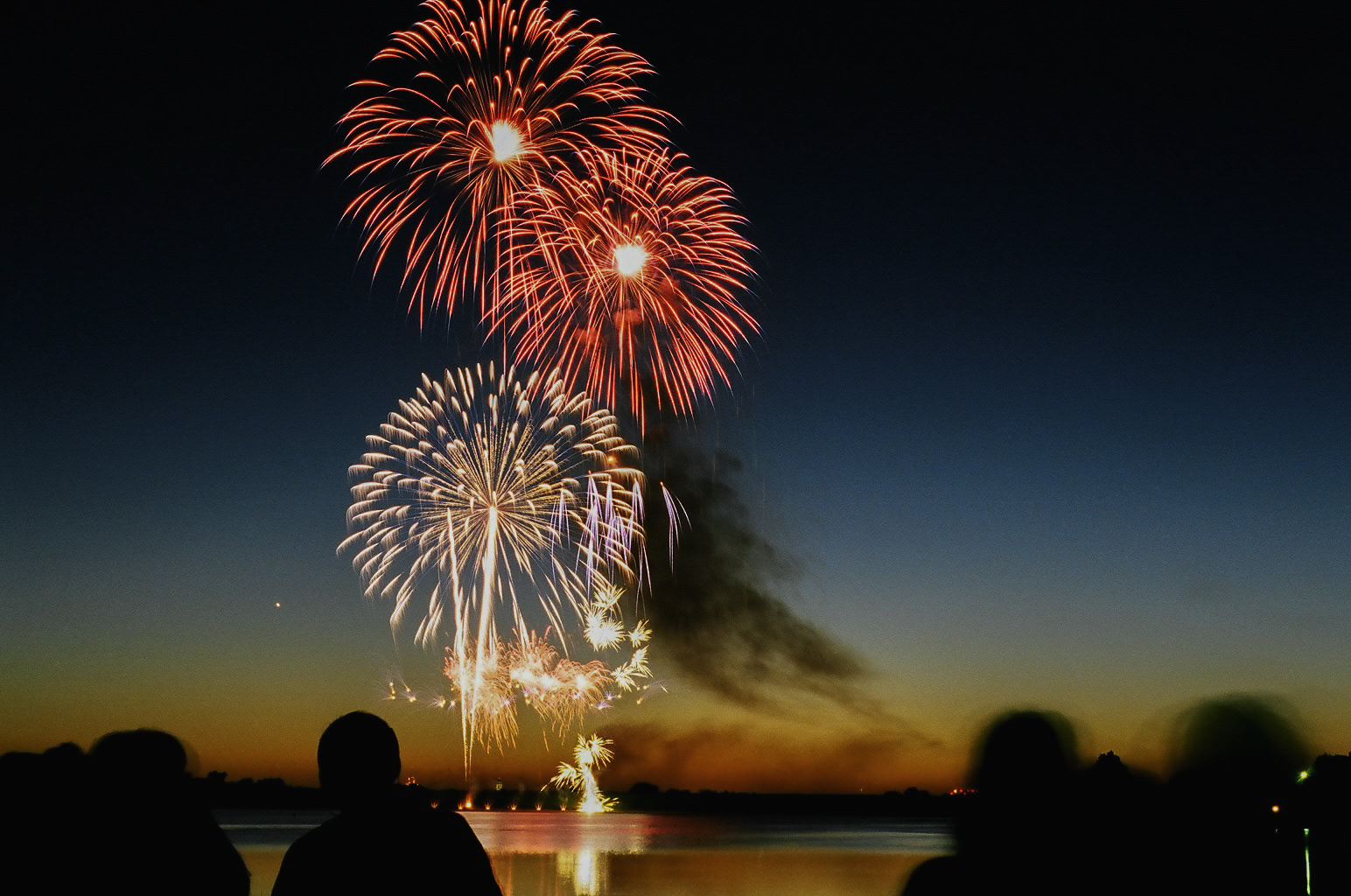
Great advice – I love to rent lenses just to see if I really like the results. Try it out first and then consider buying it – and check with your accountant – rentals often are tax deductible!
BTW, I have the Canon 100mm IS macro and love it! It is very sharp and great for portraits as well.
It’s so true! I’ve had a couple rentals now that I really disliked. I’m so grateful I didn’t just buy them!
I completely agree! I LOVE having the option to rent lenses to be 100% sure that I really love the lens and also it’s awesome to be able to use it until you can afford to buy them!
FYI,, I’ve used the Canon 100mm Macro for my stock work for years. And not just for macro. It’s a convenient focal length for lots of the table-top stuff I shoot, and its reputation as a sharp lens is well warranted.
I use the Canon 100mm for food shots too (of course on my crop sensor Canon 400D). I really like the lens and think you might like it too for food work.
It is definitely worthwhile renting before you buy, as it allows you to try out a few different options, to confirm what you think you need is actually what you need, before spending a lot of money…
Since I rarely need a macro lens I’ve bought the Kenko Extension Tube Set. It’s cheap and I think pictures has a decent quality.
Nicole – if you are shooting Canon, a possible option is the very nice Zeiss 60MM makro in the C/Y mount. The lens can be had for around $400-$600 and a decent adapter for the EOS mount should be around $50.00 – $75.00.
It is manual but for macro that should be what you want anyway.
Don’t you already have the Canon TS-E 90 f2.8? Using extension tubes, you could get up to 1:1 magnification with the added benefit of changing the plane of focus, plus they’re significantly cheaper than buying a whole new lens.
No, I don’t own the TS-E 90mm (I’ve rented it before but don’t own it). I also do have extension tubes, but I also ended up buying the Canon 100mm macro lens, which is much less expensive than the Zeiss.